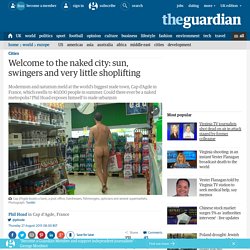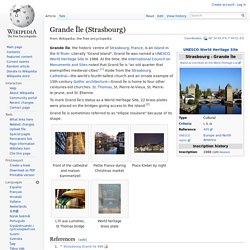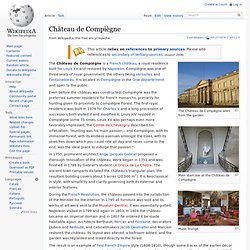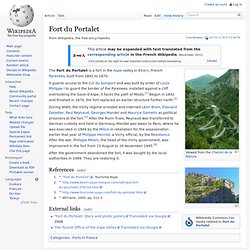

Welcome to the naked city: sun, swingers and very little shoplifting. We were born naked, but no one shows you the way back.

I’ve just paid my €8 and walked through the pedestrian gate at Cap d’Agde’s world-famous naturist resort in the south of France. What now? A stark forecourt stretches out imposingly ahead. Is there somewhere to change, I ask the guard on the gate, as a group of baseball-capped lads stride blithely through. He nods at a set of lockers. The entry procedure is a bit unforgiving, but beyond is something unique: a fully functioning town with largely naked citizenry, which grows to 40,000 in the summer. Nothing on this scale exists anywhere else in the world. Cap d’Agde’s naturist retreat, though, is urban by conception. Originally, there were no plans to incorporate naturism, but someone changed their mind.
“The village didn’t develop like that, all alone, in a corner,” says Christian Bèzes, director of Cap d’Agde’s tourist office. Minimalism is definitely de rigueur on the pubic-hair front. Le Couteur also bears some responsibility. Grande Île (Strasbourg) To mark Grand Île's status as a World Heritage Site, 22 brass plates were placed on the bridges giving access to the island.[2] Grand Île is sometimes referred to as "ellipse insulaire" because of its shape.

Front of the cathedral and maison KammertzellPetite France during Christmas marketPlace Kleber by nightL'Ill aux Lumières, St Thomas bridgeWorld heritage brass plate Coordinates: Avignon. Château de Compiègne. The Château de Compiègne seen from the garden Main staircase at the Château de Compiègne Music lounge The Château de Compiègne is a French château, a royal residence built for Louis XV and restored by Napoleon.

Compiègne was one of three seats of royal government, the others being Versailles and Fontainebleau. Carcassonne. Carcassonne (French pronunciation: [kaʁ.ka.sɔn]; Occitan: Carcassona) is a fortified French town in the Aude department, of which it is the prefecture, in the Region of Languedoc-Rousillon.

The city is famous for the Cité de Carcassonne, a medieval fortress restored by the theorist and architect Eugène Viollet-le-Duc in 1853 and added to the UNESCO list of World Heritage Sites in 1997.[1] Consequently, Carcassone greatly profits from tourism but also counts manufacture and wine-making as some of its other key economical sectors. History[edit] Fort du Portalet. The Fort du Portalet is a fort in the Aspe valley in Bearn, French Pyrenees, built from 1842 to 1870.

It guards access to the Col du Somport and was built by order of Louis Philippe I to guard the border of the Pyrenees. Installed against a cliff overlooking the Gave d'Aspe, it faces the path of Masts.[1] Begun in 1842 and finished in 1870, the fort replaced an earlier structure further north.[2] During WWII, the Vichy regime arrested and interned Léon Blum, Édouard Daladier, Paul Reynaud, Georges Mandel and Maurice Gamelin as political prisoners at the fort.[3] After the Riom Trials, Reynaud was transferred to German custody and held in Germany.
Château de Malmaison. The Château de Malmaison The Château de Malmaison (French pronunciation: [ʃɑ.to də‿mal.mɛzɔ̃]) is a country house (or château) in the city of Rueil-Malmaison about 12 km (7 mi) from Paris.

It was formerly the residence of Joséphine de Beauharnais, and with the Tuileries, was from 1800 to 1802 the headquarters of the French government. History[edit] Joséphine de Beauharnais bought the manor house in April 1799 for herself and her husband, General Napoléon Bonaparte, the future Napoléon I of France, at that time away fighting the Egyptian Campaign. Malmaison was a run-down estate, seven miles (12 km) west of central Paris that encompassed nearly 150 acres (0.61 km2) of woods and meadows.
Upon his return, Bonaparte expressed fury at Joséphine for purchasing such an expensive house with the money she had expected him to bring back from the Egyptian campaign. Mont Saint-Michel. Mont Saint-Michel (pronounced: [mɔ̃ sɛ̃ mi.ʃɛl]; English: Saint Michael's Mount) is an island commune in Normandy, France.

It is located approximately one kilometre (0.6 miles) off the country's northwestern coast, at the mouth of the Couesnon River near Avranches. 247 acres (100 ha) in size, the island has a population of 44 (2009).[1] The island has held strategic fortifications since ancient times, and since the eighth century AD has been the seat of the monastery from which it draws its name. The structural composition of the town exemplifies the feudal society that constructed it. On top God, the abbey and monastery, below this the Great halls, then stores and housing, and at the bottom, outside the walls, fishermen and farmers' housing. Its unique position of being an island only 600 metres from land made it readily accessible on low tide to the many pilgrims to its abbey.
Geography[edit] Formation[edit] Now a rocky tidal island, in prehistoric times the Mont was on dry land.